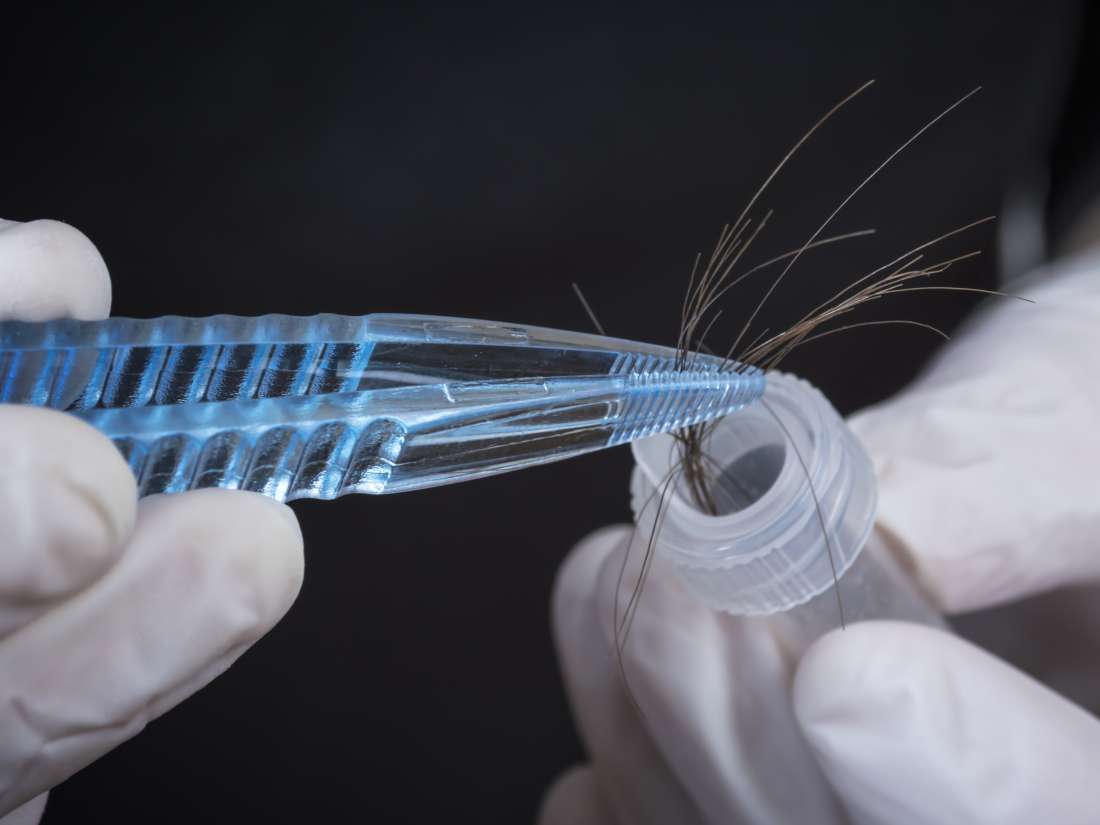Table Of Content
Dengue is a mosquito-transmitted virus that causes dengue fever, a flu-like illness. It is estimated to affect up to 400 million people worldwide every year and is most commonly transmitted through a bite from an Aedes aegypti mosquito. It is not endemic in Australia, but there are imported cases. Medical imaging remains one of the best ways to diagnose patients, as it allows us to see what’s going on inside the body without the need for surgery or other invasive procedures. Common imaging types include CT (computer tomography), MRI (magnetic resonance imaging, ultrasound and X-ray. If you are finding it difficult to accept your hair loss, remember that you are not alone.
Tick season is expanding: Protect yourself against Lyme disease
At menopause, loss of ovarian follicles, follicular development and ovulation results in cessation of cyclical oestrogen and progesterone production. A diagnosis of menopause is made on the basis of new onset vasomotor symptoms and a change in the pattern of menstrual bleeding. Measuring sex steroids or gonadotrophins is not helpful as these fluctuate on a daily basis.

Prescription oral medications
However, if hair loss occurs in a young man with no family history of hair loss, the doctor may question him about use of anabolic steroids and other drugs. In alopecia areata, typically round, irregular patches of hair are suddenly lost. More extensive loss of scalp and body hair can also occur. This disorder is believed to be caused by a malfunction of the body's immune system that causes the body to attack its own tissues (called an autoimmune reaction). In men, hair loss usually begins at the temples or on the top of the head toward the back.
UK NICE recommends Pfizer's Ritlecitinib for alopecia areata - Pharmaceutical Technology
UK NICE recommends Pfizer's Ritlecitinib for alopecia areata.
Posted: Fri, 23 Feb 2024 08:00:00 GMT [source]
Other conditions that cause hair loss
They can also be given as a pill or rubbed on the skin as an ointment, cream, or foam. Fortunately, this attack rarely destroys hair follicles, so it’s possible to regrow hair. Sometimes your dermatologist will need to remove a few hairs or perform a biopsy of the bald area. To perform a biopsy, your dermatologist will remove a small amount of skin, so it can be examined under a microscope. A board-certified dermatologist can often diagnose this disease by looking carefully at the area(s) with hair loss and your nails. Thanks to newer treatments, some people who weren’t helped by previous treatments are regrowing their hair.
In rare instances, the disease also can evolve into total body hair loss, called alopecia universalis. Alopecia areata isn’t the same as male pattern hair loss, which involves a receding hairline and a gradual thinning of hair all over. It’s also different from female pattern hair loss, which is a gradual thinning of hair that covers a large area.
Medical Imaging Types and Modalities Ausmed

Because some hair loss can be progressive, you may need multiple procedures over time. It’s important to keep in mind that hair growth is a complex process and multiple tests may be needed to understand what is causing your hair loss. A biopsy may also be taken if it is initially very unclear what the root causes may be.
Hair yesterday, gone today: why we are happily bald - The Guardian
Hair yesterday, gone today: why we are happily bald.
Posted: Fri, 19 Apr 2024 07:00:00 GMT [source]
If you have alopecia, can your hair grow back?
Some people lose most or all their eyebrows, as did this patient. A variety of treatments have been developed to help regrow hair and thicken existing hair on patients with alopecia, dermatologists say. Their effectiveness largely depends upon what type of alopecia you have and how quickly you start treatment. Alopecia areata is an autoimmune disease that causes hair to fall out in nickel- or quarter-size patches.
Male-pattern baldness
Hereditary hair loss with age is the most common cause of baldness. Some people prefer to let their hair loss run its course untreated and unhidden. Others may cover it up with hairstyles, makeup, hats or scarves. And still others choose one of the treatments available to prevent further hair loss or restore growth. A newer treatment that may promote growth of the hair follicles involves the use of a person's own plasma (the liquid part of blood) and platelets (small blood cells that help blood clot).
Register for an enhanced, personalized experience.
Alopecia areata is an autoimmune condition that causes your immune system to attack hair follicles, resulting in bald patches that can range from small to large. Early treatment of a receding hairline (frontal fibrosing alopecia) might help avoid significant permanent baldness. The cause of this condition is unknown, but it primarily affects older women. Other forms of treatment involve stimulating hair growth. While rare, some people lose all the hair on their body.
By contrast, scarring alopecia, another autoimmune disease that causes hair loss, is often accompanied by itchiness, tenderness and scaling of the scalp. Scarring alopecia is the most devastating type of hair loss, Mirmirani says, because it permanently destroys the hair follicles. Male-pattern hair loss is what causes a receding hairline and baldness in men. In women, female-pattern hair loss typically affects the crown or top of the head first, Mirmirani says. Women may notice that their part is becoming wider or that their scalp is more visible. Central centrifugal cicatricial alopecia is the most common cause of scarring alopecia in Black women.
“Your body’s immune system is attacking the hairs,” Brodell says. If you often wear a hairstyle like braids or a tight bun that puts prolonged strain or stress on the hair follicle, that can cause a type of permanent hair loss called traction alopecia. The most common cause of alopecia is an inherited condition called male- or female-pattern hair loss. Depending on whether another disorder is suspected after a doctor's evaluation, other blood tests may be done. They measure the width of the central part of the scalp at several points (see figure Losing Hair) and look at hairs under a microscope for abnormalities of the hair shafts. They ask about other characteristics that may suggest a cause, including dramatic weight loss, dietary practices (including various restrictive diets), and obsessive-compulsive behavior.
If you have alopecia areata, your immune system mistakenly attacks hair follicles (where hair grows) and sometimes your nails. Female-pattern baldness typically starts with scalp hairs becoming progressively less dense. Many women first experience hair thinning and hair loss where they part their hair and on the top-central portion of the head. Baldness typically refers to excessive hair loss from your scalp.

No comments:
Post a Comment